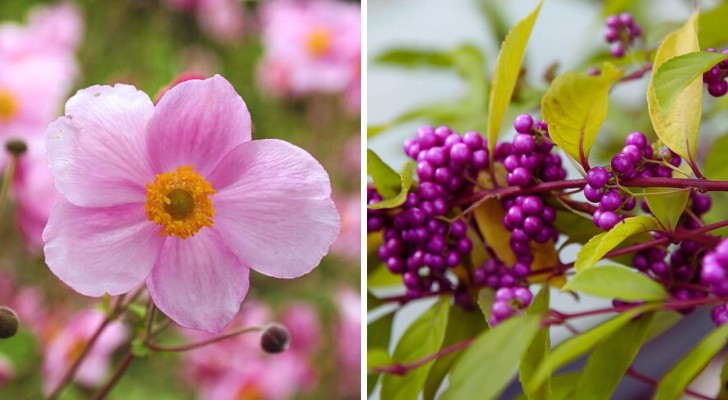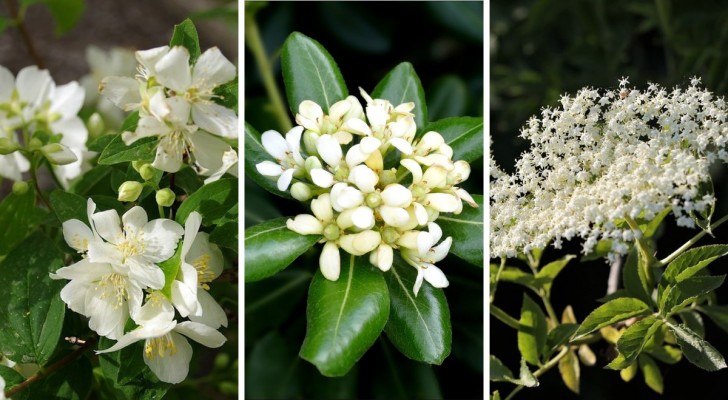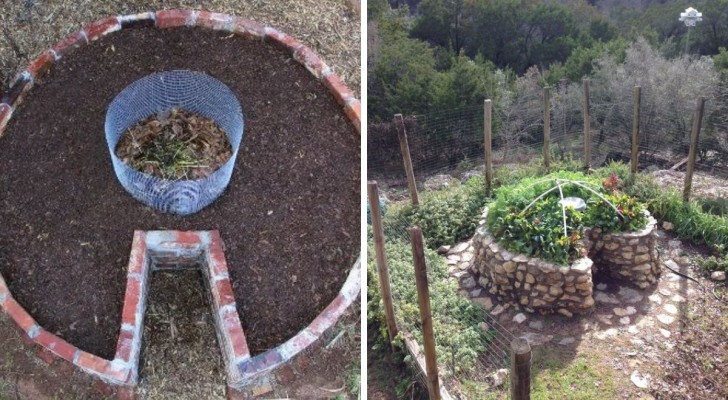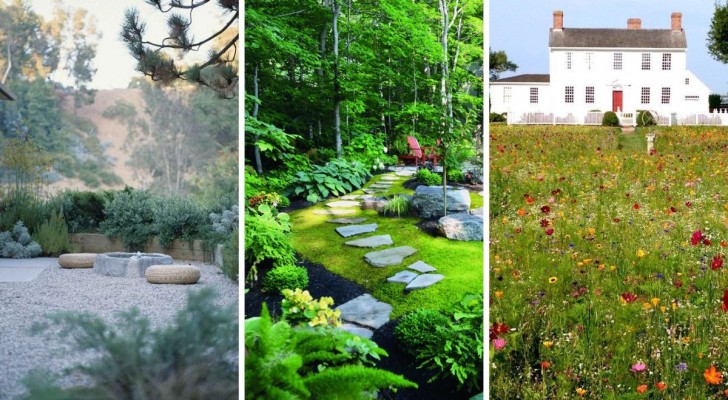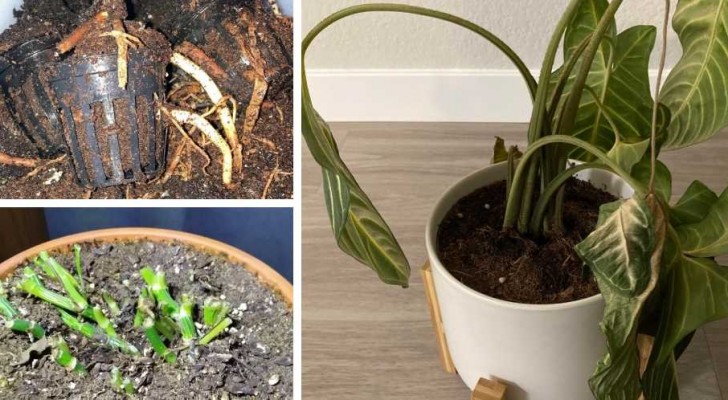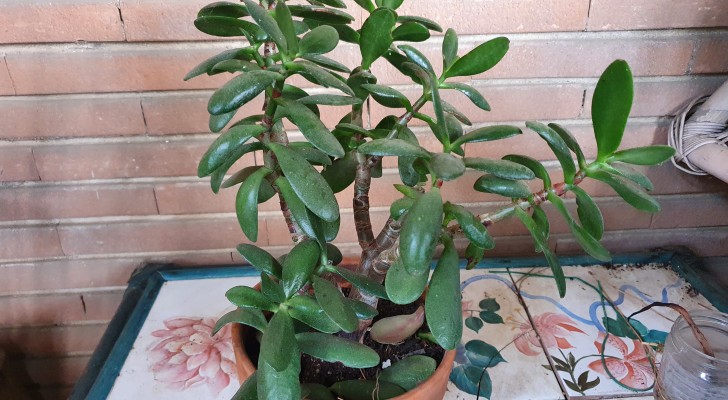Hydroponics: plants that you can grow in just water
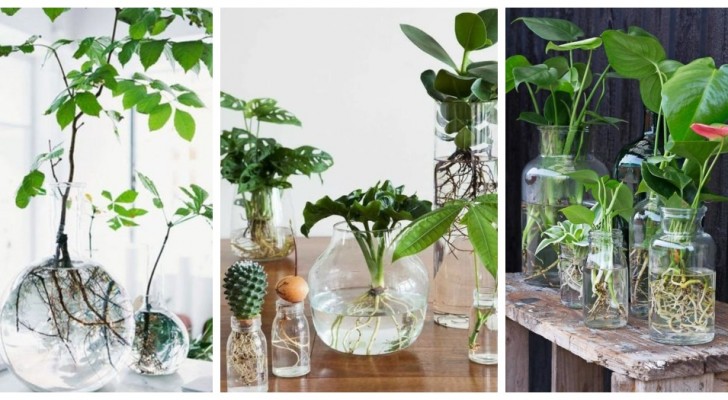
Some call it hydroponics, some hydrocultivation: this involves growing plants in water, usually in glass containers (mostly for aesthetic reasons, but not always), and without roots being placed in soil. It requires some attention, but it is a very charming and and perfect for those who want to test out their green thumb at home, while decorating with flair.
It is not just a matter of putting the plant with the roots, or the cutting, into a container of water and waiting, but it takes some care. Read on to find out more:
Growing from the roots
If you want to try to grow a plant that already has its own root system (and the ones with which you can quite easily find are orchids), here is how to proceed:
- Remove all the soil from around the roots: you have to clean the root system completely, very gently. The longer the plants are handled by humans, the more they will suffer, so avoid handling them too much. You can go quicker by soaking the roots in a little lukewarm water for 20 minutes and removing the bulk of the soil. It is better to repeat the operation rather than subject the plant to an extended soil-removing session.
- Gently rinse the roots off under tepid water.
- With sterilized scissors, remove any parts of the root system that are diseased or damaged.
- Fill the plant pot halfway with water, immerse the plant and top up with water until all the roots are submerged. The water must reach the stem, where soil would normally reach. No branches and leaves should be underwater.
You will need to change the water every 25 or 30 days.
Other useful tips
There are different types of hydroponics techniques depending on the plant you want to grow, so always do your research first. Plants like basil or rosemary, for example, prefer to have rockwool cubes that they sink their roots into rather than just water. Alternatively, sphagnum, perlite, vermiculite or coconut fiber can also be used.
All the various types of substrate will still need to be sterilized before being used. In addition, make sure that the substrate in which the plants grow are always only moist and not too wet, otherwise harmful fungi can develop.
Among the plants most suitable for hydroponics are:
- Orchids
- Common ivy
- Crassula ovata (Jade Tree)
- Spathiphyllum
- Phalangium
- Lucky Bamboo (Dracaena sanderiana)
- Pothos
Fertilizing: to help the plants grow, fertilizer tablets used for aquatic plants are used, usually administering one at each monthly water change. But always read the directions on the packaging to be sure of the doses and directions for use.
Be careful to keep the leaves, wherever possible, free from dust and dirt and if necessary, stimulate growth using a hormone stimulant.
Happy gardening!
